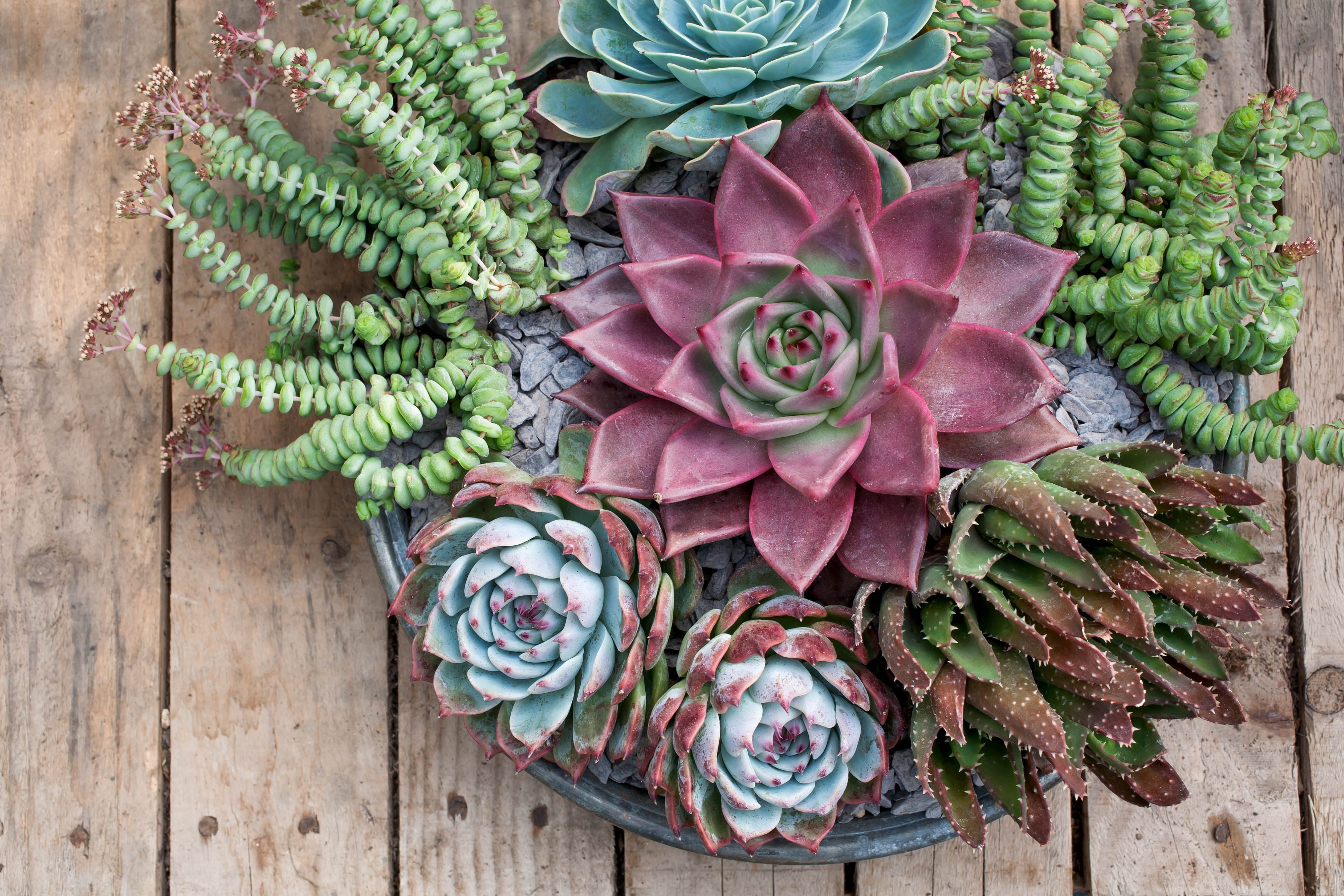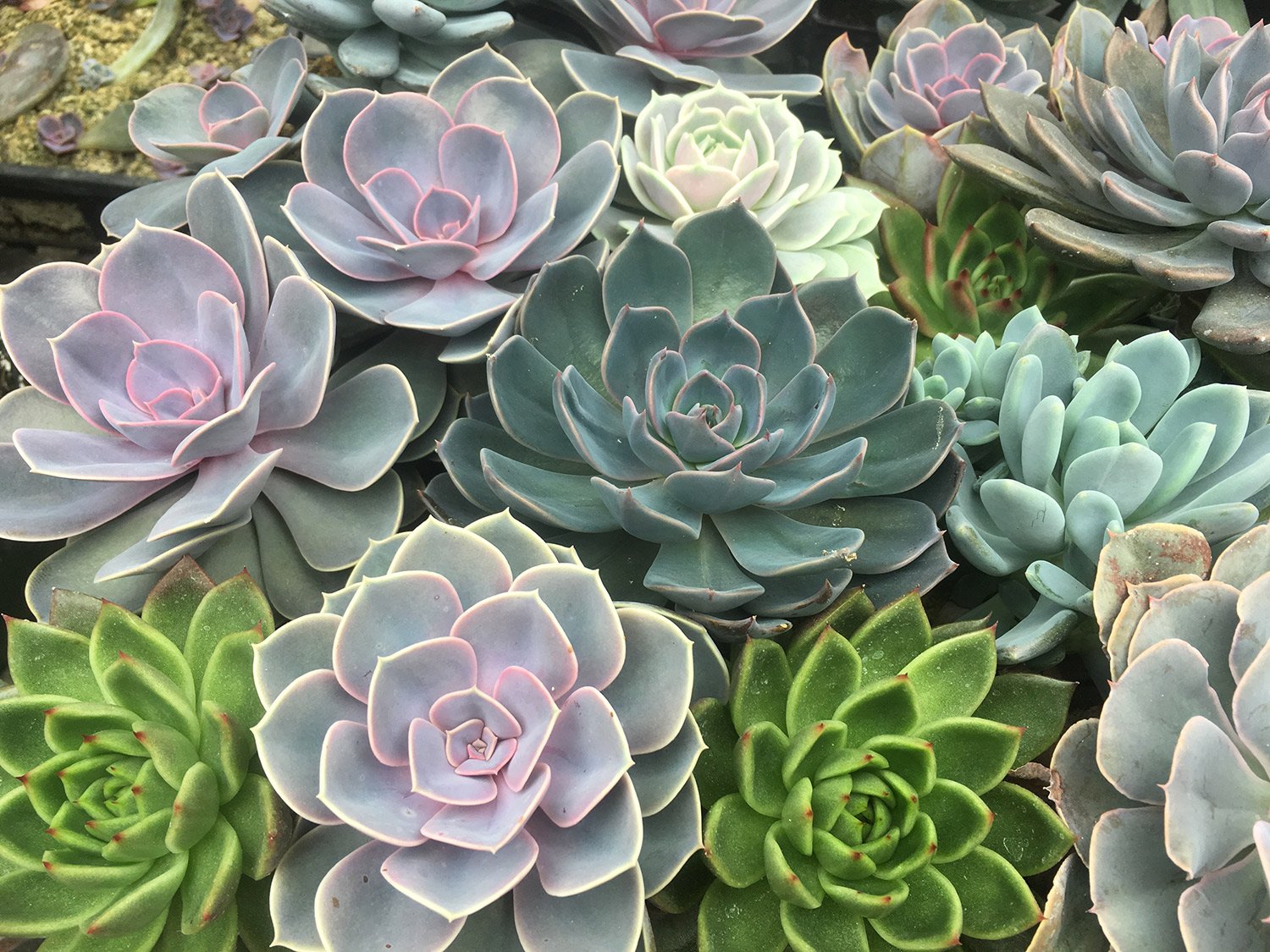A World of Succulents: Exploring the Fascinating World of Water-Storing plants
Succulents, with their captivating shapes, vibrant colors, and remarkable resilience, have become a beloved addition to homes and gardens worldwide. These unique plants, characterized by their ability to store water in their leaves, stems, or roots, have evolved to thrive in arid and semi-arid environments. This article delves into the fascinating world of succulents, exploring their diverse forms, unique adaptations, and the joy they bring to plant enthusiasts.
What are Succulents?
In botany, succulent plants, often simply referred to as succulents, are characterized by their thickened, fleshy, and engorged parts, primarily designed to retain water. The term “succulent” itself originates from the Latin word “sucus,” meaning “juice” or “sap,” aptly describing the water-rich nature of these plants.

Succulents encompass a wide range of plant families and species, showcasing an astonishing diversity of forms, colors, and textures. From the spiky drama of cacti to the delicate rosettes of Echeveria, the succulent world offers a feast for the eyes and a source of endless fascination.
Adaptations to Arid Environments
The remarkable adaptations of succulents to arid conditions are a testament to the power of evolution. These plants have developed a variety of strategies to conserve water and survive in harsh environments:
Water Storage: The most prominent adaptation is the development of specialized tissues for water storage. These tissues, often found in leaves, stems, or roots, can swell significantly during periods of rainfall, allowing the plant to endure prolonged droughts.

Diverse Forms and Shapes
The diversity of succulent forms is truly astonishing. Here are a few examples of the wide range of shapes and sizes found within this captivating plant group:
Rosette Succulents: These iconic succulents form beautiful rosettes of tightly packed leaves, often displaying a stunning array of colors, from vibrant greens and blues to deep purples and reds. Popular examples include Echeveria, Sempervivum, and Aeonium.
Caring for Succulents
Succulents are renowned for their relatively low-maintenance nature, making them ideal for busy individuals or those new to plant care. However, understanding their specific needs is crucial for their long-term health and vitality:
Light: Most succulents thrive in bright, indirect sunlight. However, the specific light requirements vary depending on the species. Some succulents can tolerate full sun, while others prefer partial shade.
Propagating Succulents
Propagating succulents is a rewarding experience and allows you to expand your collection without spending a fortune. Many succulents can be easily propagated using various methods:
Leaf Cuttings: Many leaf succulents, such as Echeveria and Kalanchoe, can be propagated by simply removing a healthy leaf and allowing it to callus over before placing it on well-draining soil.
Succulents in Home Decor
The unique beauty and versatility of succulents make them a popular choice for home decor. They can be used to create stunning arrangements, including:
Succulent Terrariums: These miniature ecosystems are a popular way to showcase succulents. They can be created in glass jars, bowls, or even old fish tanks.
The Joy of Succulent Gardening
Succulent gardening offers a unique blend of creativity, relaxation, and connection with nature. Whether you’re a seasoned gardener or a complete beginner, the world of succulents offers endless possibilities for exploration and enjoyment.
From their remarkable adaptations to their stunning beauty, succulents continue to captivate plant enthusiasts worldwide. By understanding their needs and providing the right care, you can cultivate a thriving collection of these fascinating plants and enjoy their beauty for years to come.


